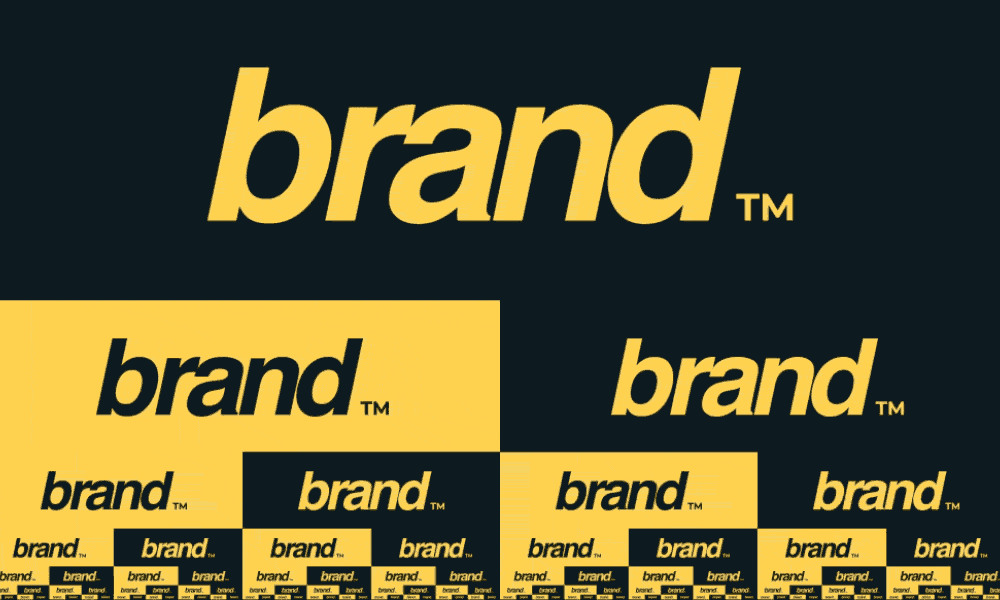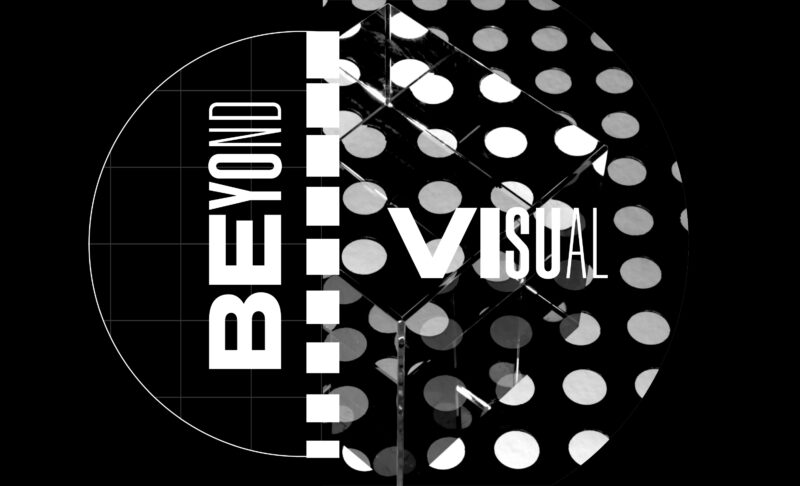Why Branding Isn’t Just A Logo And Primary Colors
Related Services
Credits

You might have been led to believe that coming up with a name and a logo for your business is enough to establish yourself as a brand.
But the truth is that, at that point, you really don’t have much – if anything – of real substance. Where are we going with this?
For one, we’d like you to realize that while a good logo, color palette, and unique name do help in the process of building your brand, branding is never that simple. Here’s an example of what we mean: Apple would have had the same success even if its logo looked different than the one we know today. The same argument may be made for the company’s name. Would you like your iPhone any less if it were made by a company called “Peach?” Probably not.
Yes, your brand is your logo and visuals. But it doesn’t begin and end there; your brand is much more than that. It’s also the promise you made to your customers, what you stand for, your products and services, and how you communicate your values. You might not have realized it, but your brand runs a lot deeper than any color palettes or logos could ever go. So, today, we’d like to discuss why branding isn’t just a logo and primary colors – and take this opportunity to explain what goes into building a brand.
What A Brand Is (And Is NOT)
Your brand’s not just your company name. And it’s not your logo, colors, or the font you choose, either. To add to it, your brand isn’t the PR and advertising you do – or the products and services you offer. And while we’re at it, it’s not you, the business owner.
That’s a lot of “not-its” to digest; we get that. These aspects above are key pieces of your brand, but it’s how you pull them all together that is what’s key. On their own, none of the pieces make sense; they have to come together to form a brand that’s recognizable or one that inspires loyalty among consumers. So, if it’s not any of these things – well, at least not individually – what is a brand, then?
That seems to be an even more complex question to answer. A brand is all of and none of the above. We could even go on to write a dictionary-style definition of what a brand is, but that wouldn’t do you any good, either. Why? Because a brand encompasses many different things, from the visual elements and core values to communication channels and the people behind it. In other words, that would be a pretty long list. So, instead, it is much better to look at a brand as a multi-faceted entity with its own passions, values, preferences, and aesthetics. In essence, you can view a brand as a person.
Here are some examples of the elements that make up a brand and do most of the heavy lifting when it comes to fostering emotional connections, recognition, and trust:
- Your brand is your strategy. Knowing where you’re going as a business, how you plan on achieving those goals, and understanding all the who’s, what’s, where’s, and why’s is part of your brand.
- Your brand is what you say. Your message is a central part of your brand, but so is the way you communicate it.
- Your brand is your people. The team you build – and how they represent your business – is part of your brand, too.
- Your brand is your promise. Delivering on a promise you made to your customers and providing a purpose for your brand makes your name stand for something in the market.
- Your brand is your consistency. Being consistent across all customer interactions and having a set of guidelines you adhere to, creates familiarity – and familiarity instills trust.
And finally, yes, your brand is your logo and the accompanying visuals, too. But as you’re about to see, that whole “visual” bit comes much later – once the foundations have been set – because without a strategy, you have nothing.
Your Brand Is More Than A Logo
Remember what we said about Apple – one of the world’s biggest brands – at the very beginning of this article? It is understandable that people will put a lot of weight on the logo as one of the key elements of branding. When you think about some iconic brands out there, logos are the first things to come to mind, right? That’s because they are important and powerful. It’s just that they’re not nearly enough to form a brand.
Here’s the thing:
You do not become a customer simply because a business has a striking, cool-looking logo. You do so because of the connections and positive associations you have with that brand. And that’s something that comes from the values, messages, tone of voice, and impact that they have. There’s a whole cohesive, strategically organized identity, with a lot of different puzzle pieces, in place here to make a brand what it is – and make it trustworthy and memorable. But instead of just explaining this, we would like to give you a more “visual” portrayal of what we mean. And to do that, we need you to imagine a brand as a giant pyramid.
The foundation of the pyramid would be your brand strategy. Only when the foundations are laid out can you proceed to the brand’s identity – and the visible elements of your brand. See, we told you that logos are merely the tip of the iceberg. It’s merely a form of identification for your business – but the emotional connections, recognition, and customer loyalty come from something much more profound. And even if we were to focus on the visuals alone, there’s still more to it than just the “signature” colors and a logo. Colors are just a tiny fraction of your company’s visual identity – and the visual identity, as we’re sure you realize by now, is only a small fragment of branding.
That’s not to say that choosing a color palette that’s “on brand” and maintaining consistency with the company colors isn’t crucial. It is – but so is everything else that contributes to and makes up a brand’s visual identity, including typefaces, brand accents (iconography, illustrations, and patterns), and photography. Colors, more often than not, play a “supportive role” in the brand’s identity. They are just another means of conveying the non-visual elements of your brand and adding to the experience.
What About Your Brand Name?
Your brand name is another piece of the puzzle: It represents your business. It communicates your values and personality. It resonates with your brand essence. And ultimately, it appeals to your target audience. Coming up with a name is never as simple as just picking something that sounds good – and it actually requires a much more strategic approach than most of you would assume. In fact, only 20% of it could be considered creative work; everything else is pure strategy.
Before you dive into it, make sure that you understand your brand through and through. On that note, you should:
- Identify your target market – because, realistically speaking, you can’t afford to target everyone at once.
- Think of a brand as a person and define the key characteristics that make up your brand’s personality.
- Define your values and underlying brand purpose and mission.
- Create a brand positioning statement – and explain what you do, who you’re targeting, and what benefits you bring to the table in a concise manner.
- Think about your brand architecture, focusing primarily on future growth and potential diversification.
You can’t come up with a powerful brand name until you’ve thought about these things. And it’s vital to get it right the first time around because – well, changing your brand name further down the line, once it’s already been established on the market, is tricky business.
When you change the logo, customers will, more often than not, still recognize that it’s the same company. But if you change the brand name, you’ll have to put in a lot more effort to ensure that people make that connection between your former and current name.
A Word About Brand Pyramids
We’ve already used a pyramid to help illustrate where visuals (namely logo and color) fall within the branding hierarchy. On a related note, there is a different kind of pyramid that might come in useful here – the so-called brand-building pyramid.
No, we’re not making things up:
A brand pyramid is an actual concept. It’s a framework that, in essence, helps you outline your brand’s identity and market positioning and communicate your vision.
Traditionally, a brand pyramid is supposed to have five distinct components:
- Core functionality and features of your products or services
- Functional benefits, including performance-based advantages and customer problems your product aims to solve
- Emotional benefits and the customers’ emotional experiences with your brand
- Brand persona – the layer that helps you make your brand more “human”
- Brand idea and core values, as well as the promise and the purpose of your brand
If you’re currently working on building a strong, memorable brand and struggling to decide what you should do first, we suggest building yourself a pyramid. It will help you gain clarity – and gaining that clarity will ultimately help you see your brand for what it is and what it can be. And once you understand your brand, getting others to understand it becomes much easier, too.
So, if you haven’t already, take the time to (seriously) think about the following:
- What are your company’s core values and mission?
- How would you describe your business?
- Who is your target audience?
- What pain points do your products address?
- How do you want the customer to feel after using your product or service?
- What is your vision for the future?
Final Thoughts
Brands are a lot like people. What do we mean by that? Each brand has its personality, ideas, and purpose. It exists as part of the community; it has a voice and an identity and communicates with the target audiences. It also never stops growing and evolving – and showing up for its customers in new ways.
Thinking about it as “just a logo and colors” would mean you’re settling for far less than it can be – and never experiencing the true potential of what your brand could accomplish. And just as people choose friends, they will use similar – if not the same – criteria when choosing brands. Don’t let that slip your mind.
Pastilla can help you establish a brand that commands attention. So, if you need help navigating the maze that is the branding process, don’t hesitate to get in touch with our team!


